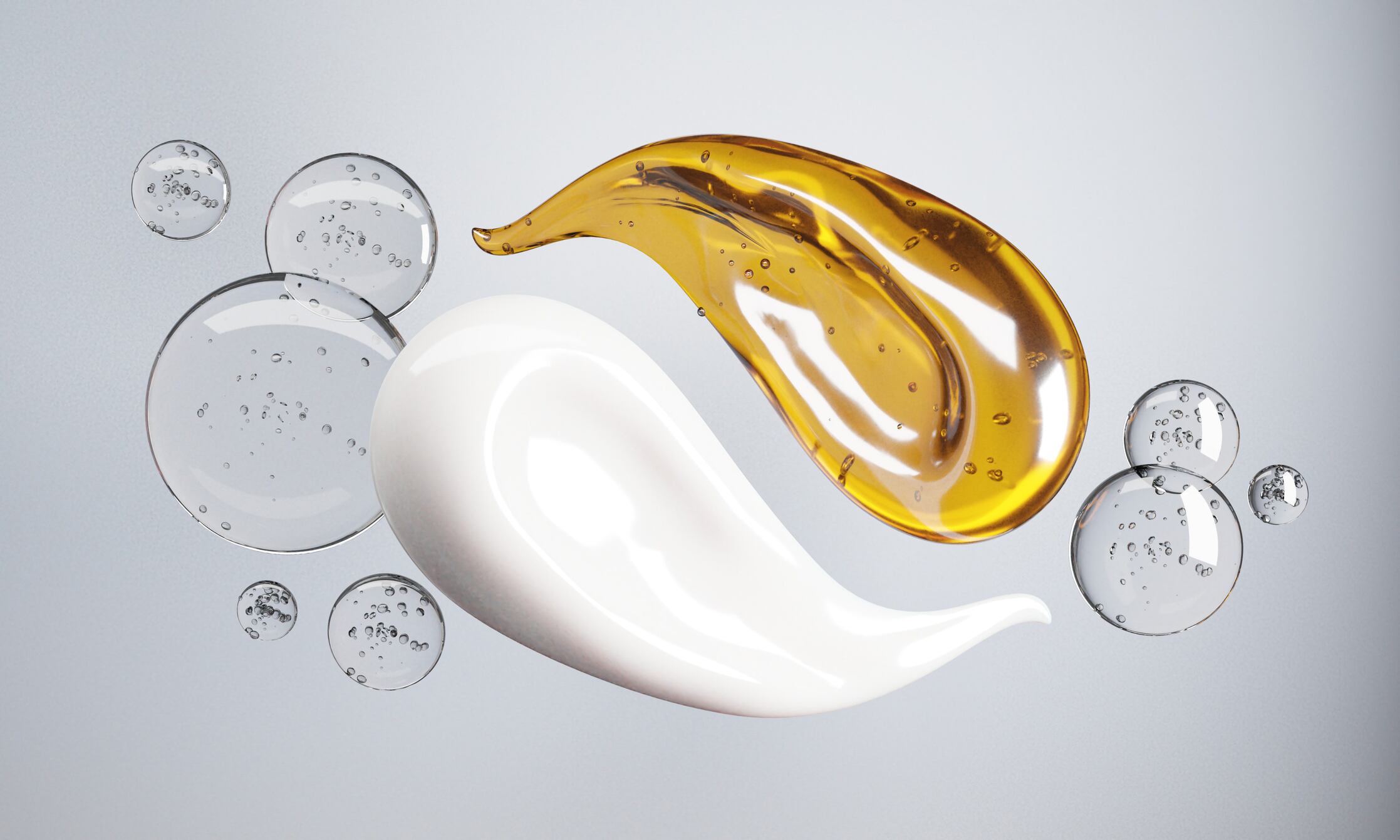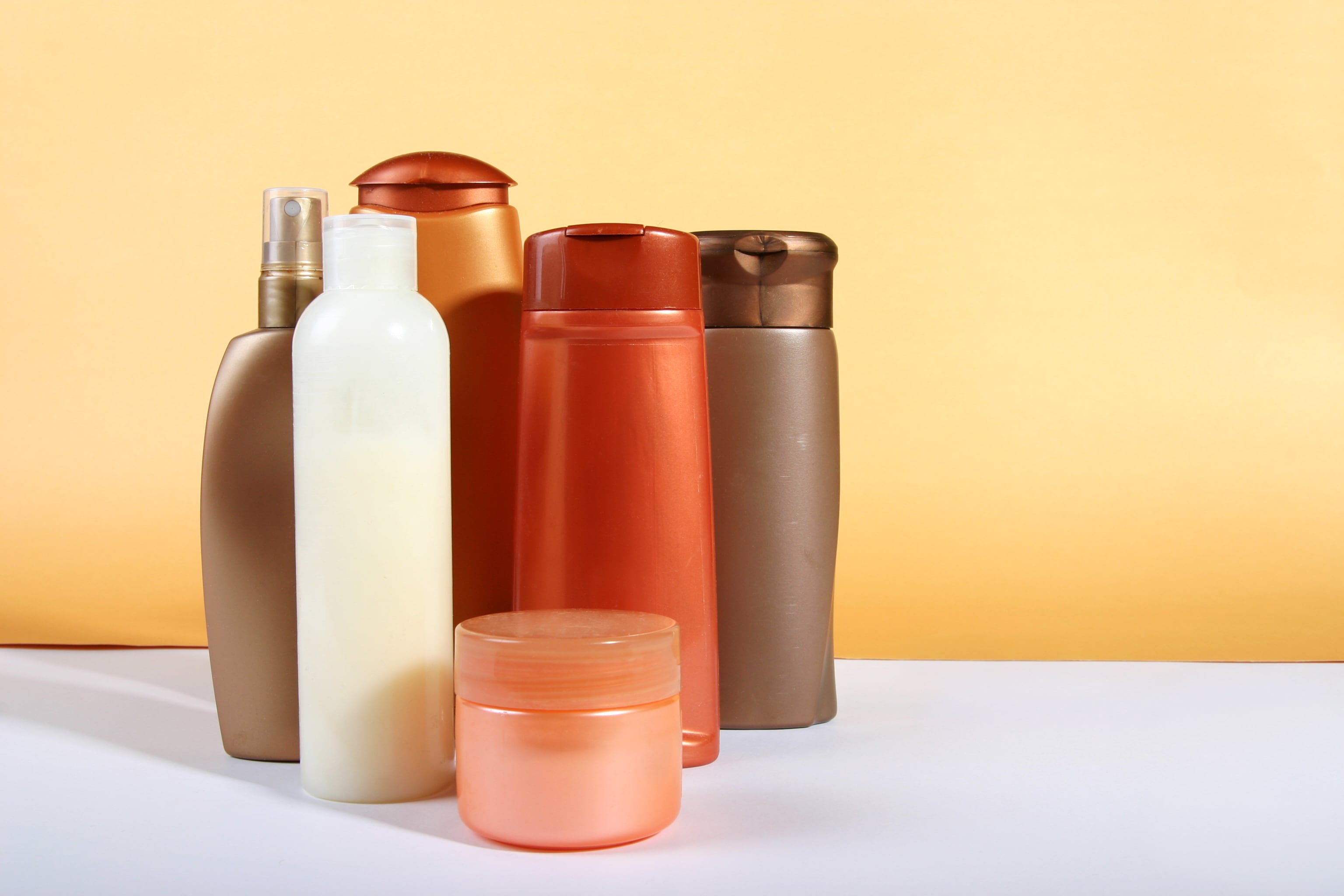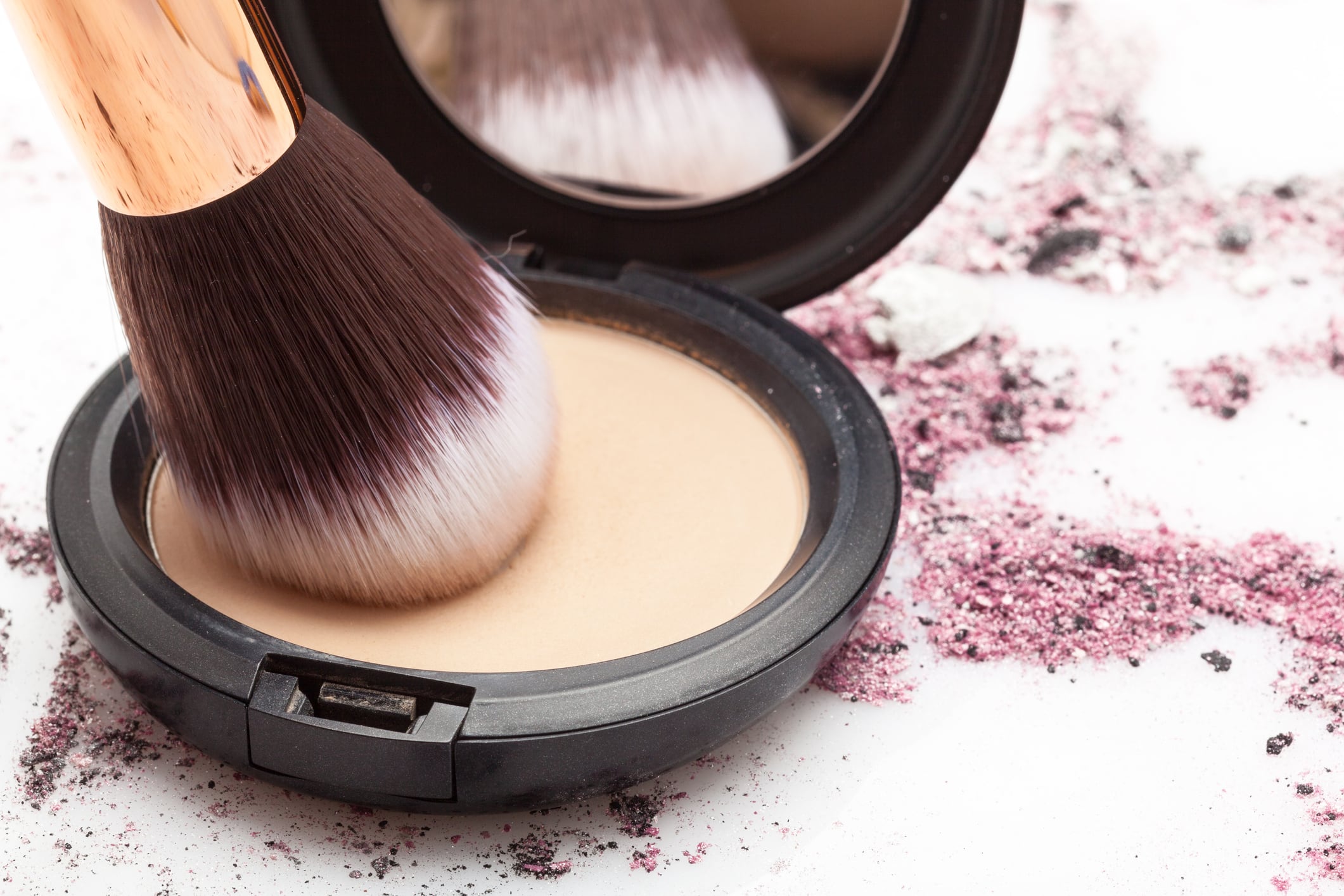New and emerging consumer skin care trends are always noteworthy to cosmetics and personal care companies looking to align focused marketing efforts directly to targeted consumer groups. According to a recent survey by market research firm Statista, skin care products make up approximately 40% of the global cosmetics market, expected to gross $187.68 billion by 2026.
Gen Z, which makes up 20% of the U.S. population, is a highly sought-after demographic for skin care brands to target directly – having recently entered the workforce, this consumer segment is more likely to spend disposable income on cosmetics and skin care products. To that end, another recent Statista survey reported 38% of Gen Z shoppers spend between $21-50 per skin care product on average and are more likely to perform research and seek out reviewers on social media before completing these purchases.
As this consumer demographic becomes better informed about products, their indicated uses, the active ingredients contained therein, and skin care brands’ sustainability practices, cosmetics and personal care companies are paying careful attention to skin care routine trends and their effect on consumer consumption habits.
One such direction, “skin flooding,” is not necessarily new but nevertheless significantly impacts consumer purchasing behaviors, particularly within the Gen Z demographic. The trend “consists of a routine to hydrate and moisturize skin through layering products in a sequence,” similar to the multi-step K-beauty routines that have been relatively popular on social media platforms like TikTok and Instagram in the past few years.
To learn more about skin flooding and its influence on Gen Z purchasing behaviors of cosmetics and personal beauty care products, CosmeticsDesign spoke with Azza Halim, M.D., a board-certified physician who runs multiple practices specializing in cosmetic and personal beauty care procedures, for her insights.
Understanding the trend
To better understand skin flooding, it’s first important to note that “this trend is nothing new and has been around for quite a while,” said Dr. Halim. She further related that skin flooding, like most “fads/trends, come and go based on media hype.” That being understood, “the process or ritual is the same no matter the name.”
While it “is not new in concept, but just a new buzzword: ‘flooding’, ‘slugging’, and ‘cycling’ all are different names for the similar concept of layering products for better results,” which have made the rounds in recent years, she further explained. It is essential for skin care brands to remain current with popular terminology for more focused marketing efforts and to target desired demographics more directly. In other words, it is more effective for brands to reach Gen Z consumers when speaking their language.
Who benefits most?
Multi-step skin care product routines can benefit consumers in many ways, and skin flooding is no exception. While literature and research “support limited skincare ingredients including retinols, vitamin C, and sunblock, anyone whose skin needs a boost of hydration and moisture can benefit when used properly,” said Dr. Halim. Gen Z consumers are acutely aware that “too many products or wrong products used then may contribute to breakouts,” and are focused and careful in their purchasing decisions to ensure products contain the “correct” ingredients for the issues they are working to target and treat.
According to Dr. Halim, the ideal skin flooding routine will see a consumer use “a gentle cleanser. Then, while the skin is damp, apply a hyaluronic acid serum, then vitamin C, and finally a moisturizer to seal the skin, followed by sunblock in the daytime as the last step.” For the average Gen Z consumer, this routine can generate an average spend between $100-500 depending on selected products.
For skin care companies, trends like skin flooding encourage increased product sales. It is, therefore, crucial for brands to market these products to cater to demographics most likely to engage in them, like Gen Z. Manufacturers aware of and supporting education and awareness of trends like these are more likely to see a “boost of skin care product sales,” said Dr. Halim. “When anything goes viral on Tik Tok, whether right or wrong, good or bad, everyone jumps on it. Therefore, the beauty industry will likely see an increase in sales,” she concluded.
Rebranding an old idea
Skin flooding may be a rebranding of a well-known concept for a skin care routine. Still, awareness of the latest terminology will not only help skin care product brands better reach their targeted demographic. This awareness can also assist skin care brands in better anticipating where consumer demand will shift next.
“Beauty from within,” another trend to watch in 2023, encourages cosmetics and personal beauty care product consumers like Gen Z to increase their awareness of “how the skin microbiome and nutrition all can enhance the benefits of these topical applications, as internal health is reflected by our skin,” said Dr. Halim.
A young generation of Gen Z consumers is focused on preventing signs of aging more than treating already visible fine lines and has unprecedented access to vital information that helps inform purchasing decisions. With 2023 in full swing, it will be intriguing to see how skin care companies pivot their marketing strategies to better align with the unique needs of this consumer demographic to accommodate trending routines.





